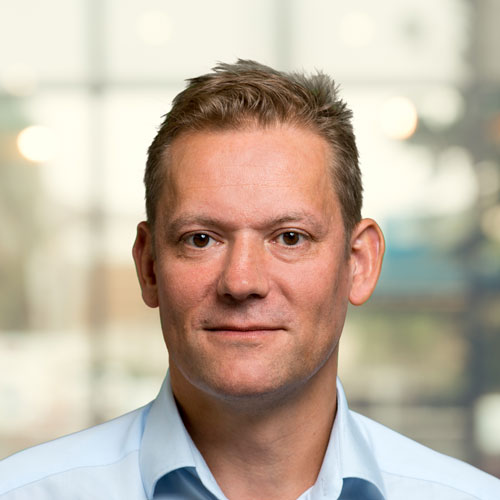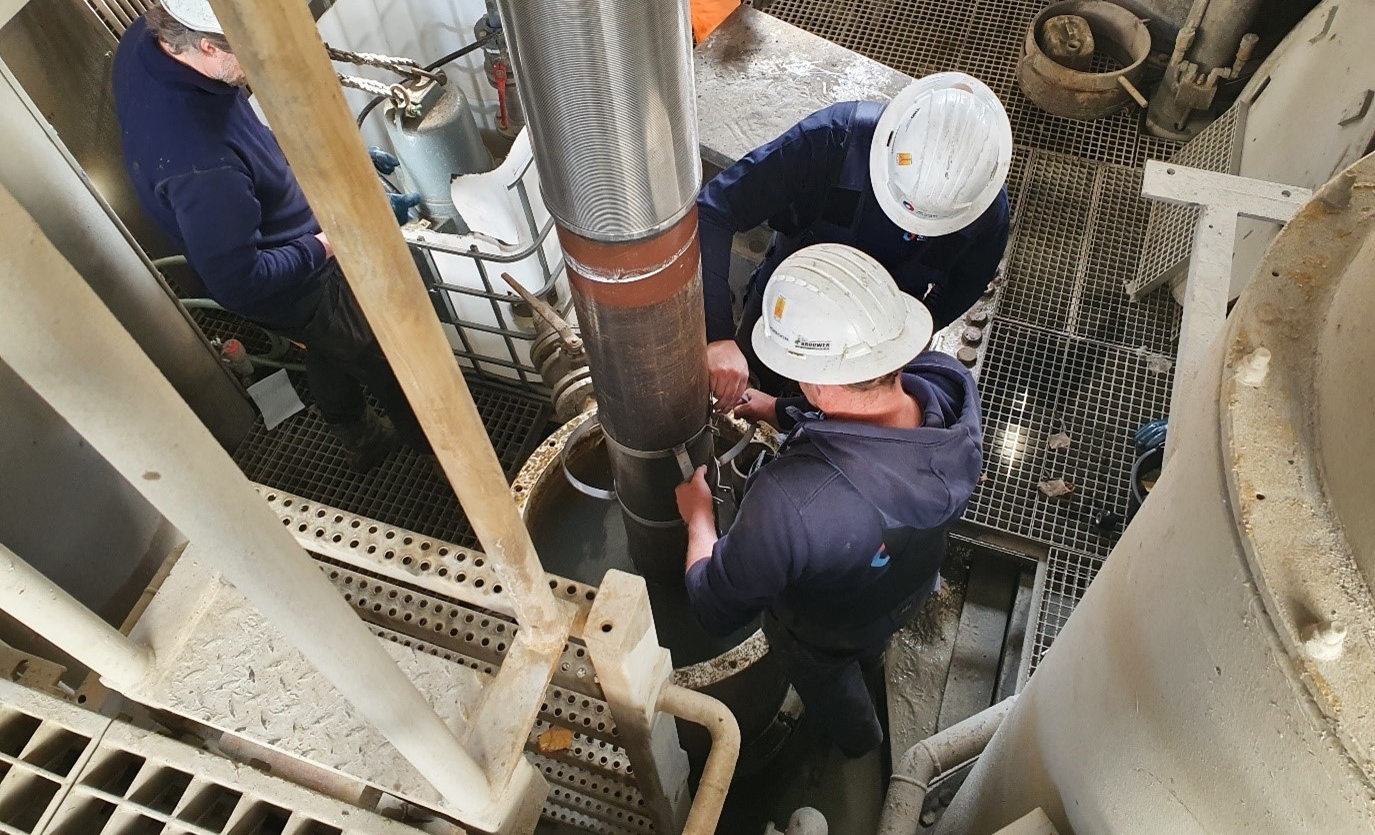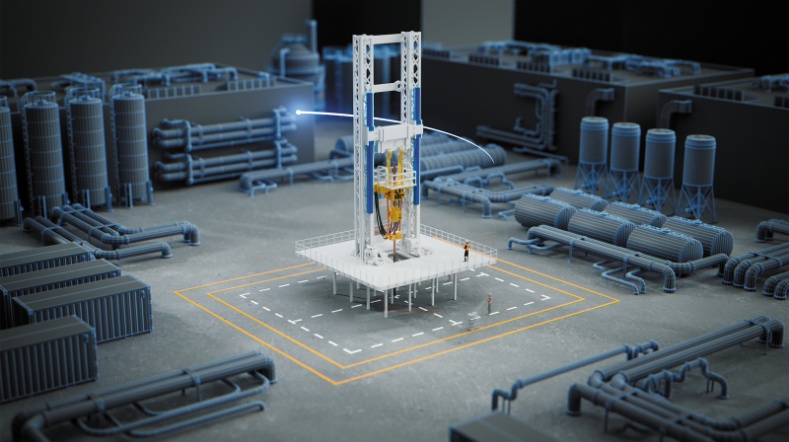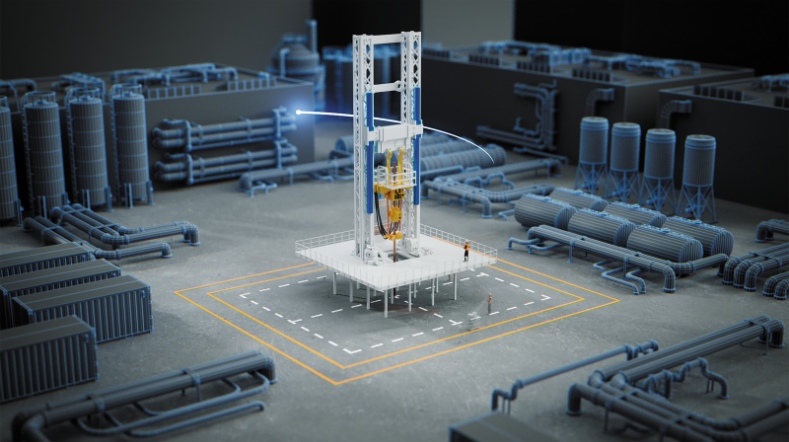Advancing geo-energy technologies for the energy transition
Testing new technologies for the subsurface in a controlled and monitored environment before full-scale field implementation; that is what the Rijswijk Center for Sustainable Geo-energy (RCSG) in the Netherlands is all about. Operated by research organisation TNO, RCSG focuses on developing technologies for geothermal energy, subsurface storage of heat, hydrogen, and CO2.

“If you don’t include the subsurface in the journey towards reducing CO2 emissions, it will be impossible to reach net zero.”
“If you don’t include the subsurface in the journey towards reducing CO2 emissions, it will be impossible to reach net zero,” says Frank van Bergen, Program Manager at RCSG. The centre plays a crucial role in developing and testing new drilling technologies necessary for the energy transition. Innovation is essential to reduce the costs of renewable energy while maintaining high-spec material properties.
Innovation and cost reduction
“We play a facilitatory role in the development of new technology such that the full-scale implementation in the field runs as smoothly as possible,” says Frank. At RCSG, new technology can be tested under downhole conditions and at a 1:1 scale.
“When Shell decided it was time for another player to continue managing this extensive oil and gas drilling test facility, we saw it as an opportunity to give it another lease of life with the energy transition in mind,” continues Frank.
“In doing so, we target the higher TRL levels of product maturation, just before piloting the new solution in the field. Performing tests in a fully controlled environment may point out issues that might either jeopardise field implementation or severely delay it.”
Innovative solutions from RCSG
Recent research and innovations at the RCSG facility have led to significant advancements in geo-energy technologies. Frank van Bergen explains the projects.
- Drilling more than twice as fast
Dutch start-up Canopus developed an innovative drilling technology that weakens the rock with a continuous flow of small steel particles. Prior to testing this technology in Switzerland, the RCSG facilitated a range of experiments to fine-tune the initial design. Tests have shown that conventional ROPs (Rate of Penetration) can be beaten by a factor of 2.5. - Mitigating temperature cyclicity
CO2 injection projects in depleted gas fields experience large cooling effects due to the expansion of super-critical CO2, which can affect the integrity of wellbore cement. This research is crucial for both CO2 injection and geothermal wells. “The effect of these temperature changes on the integrity of wellbore cement can be simulated in the RSCG lab, at representative bottom-hole temperatures.” - Optimising loops and grout
The drilling of shallow geothermal closed loops has increased due to rising gas prices and government incentives. The boreholes are filled with grout, a mixture of cement and clay, to prevent cross-flow. “We are currently running a project that monitors permeability changes of the grout under higher pressures and larger temperature variations.” This helps in providing recommendations for the best cement-clay mixture. - Ensuring hole stability
Exploring reservoir sands at shallow depths (800 – 1,500 m) for open-loop geothermal systems requires optimising circulation in horizontal wells. “We are looking at ways to make it possible to have the best of both options – the agility and affordable running costs of groundwater drilling rigs and the safety features of more powerful oil and gas drilling installations”. - Bentonite – Not only for drilling mud
Testing bentonite as an agent to abandon wells instead of cement has led to a pilot in an existing oil and gas well. “The point where we are now—technical readiness for commercial deployment—would not have existed without the role the RCSG played in the process.”
Webinar: Novel drilling technology to accelerate the heat transition
Want to know more about advanced drilling technology? Sign up for our webinar on 2 December 2024. Gain insights into two advanced technology developments and their pathways to market and learn how innovative drilling technologies can drive the heat transition forward.

State-of-the-art testing facilities
RCSG is a unique facility where we can replicate subsurface conditions as accurately as possible on a large scale. We have a 380-metre deep borehole that can serve as a real subsurface laboratory in which we can test the performance of tools and materials used for drilling and monitoring, and expose the material to different pressure and fluid regimes.
Collaboration
After five years of advancing projects and technologies, the RCSG has cemented its role in the development and demonstration arena. “We are here to help the implementation of subsurface projects in the energy transition. One thing that we are now particularly keen on,” concludes Frank, “is to start collaborating more with oil and gas companies looking to branch out into geothermal or subsurface storage. We welcome any companies interested in this to get in touch with us.”

''It’s a perfect match! People at the RCSG Centre supported us in testing, and de-risking before we went to field conditions.''
Drilling technology in the RCSG facility
Read more about developing and testing drilling technology in the Rijswijk Centre for Sustainable Geo-energy (RCSG).
Get inspired
Labtour RCSG

Innovate subsurface technologies


Novel drilling technology to accelerate the heat transition


Limited growth in geothermal energy production in 2023 but a record number of drilling operations


Supporting municipalities to achieve heat transition



